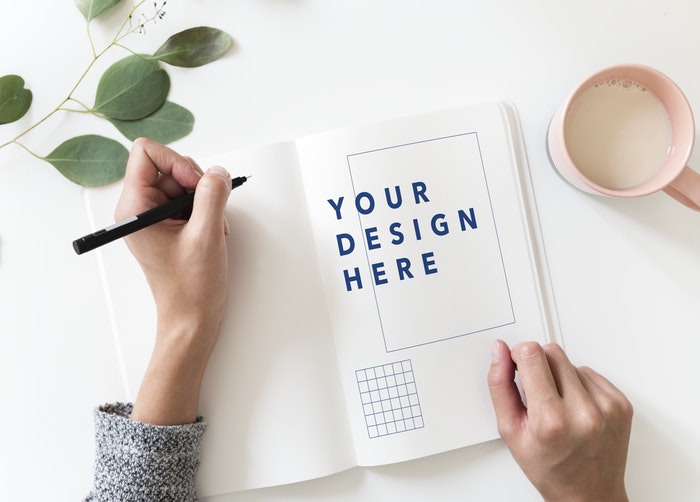When you receive a new graphic design work, what is the first thing you do? Beginner designers might be surprised to learn that the graphic design doesn’t start with designing, rather it starts with planning. This planning is what we a graphic design brief.
Before you start working on a design project, you need to be aware of the scope of the project, how it will be carried out, possible hurdles you may face, time estimation and many other things. Knowing all of this and including it in your plan is necessary to deliver quality work on time. Due to all this information, a graphic design brief is also helpful in setting a realistic expectation for the client. This is the reason why designers start with a graphic design brief.
What is a Graphic Design Brief
A graphic design brief is a document or a presentation that sets out the scope and scale of the project. It also contains possible roadblocks in the project and other deliverables and necessary information regarding the project. All of this information makes it possible to carry out the project smoothly.
Once you have created your brief, you will have to discuss it with clients to reach a mutual understanding. Since the brief is useful in setting the client’s expectations, all the goals, objectives and requirements of the projects will be cleared between both the parties beforehand. This prevents unexpected incidents. For example, a client might complain that he didn’t get what he asked for. This will not happen if you have a design brief approved beforehand.
Tips to Create an Effective Brief
Design brief is also an important factor in getting a project. If your brief is good enough, clients will not hesitate to hire you. For writing an effective design brief, follow the tips given below.
About the Company
Your graphic design brief should start with your client’s company overview. This should involve every core details about their company, for example, their product line, USP, stakeholders, target audience, and competitors.
Project Summary
This should include the What and Why of the project. It should define the scope and scale of the project along with the expected outcome.
Goals and Objectives
Goals and objectives should define the purpose of the project. For example, it could be to increase conversion from landing pages.
Design Requirements
Requirements are necessary to get started and deliver the quality work without any hurdles. Mention all the requirements so you can meet client’s expectations
Budget and Schedule
Setting the budget and timeline of the project is necessary so the client can get the work on time and at the cost that was decided beforehand.
